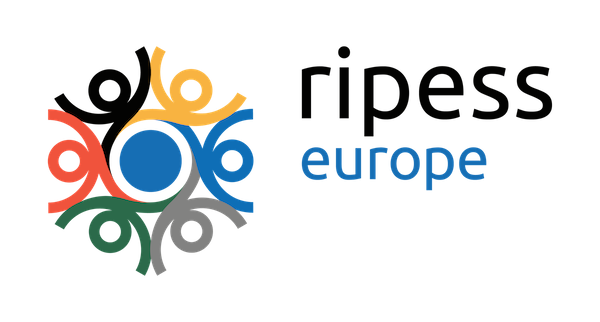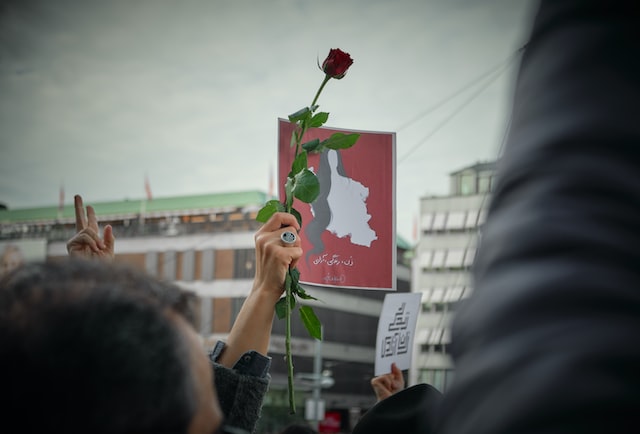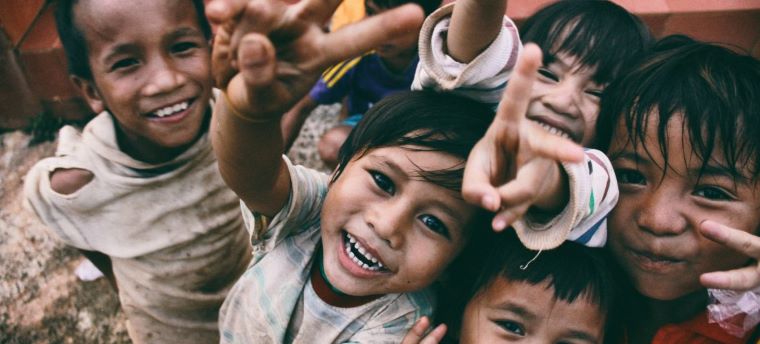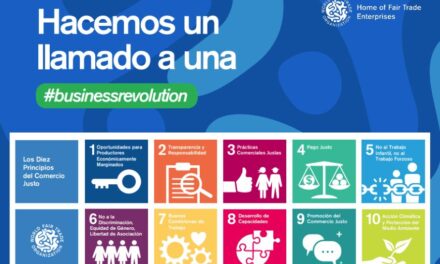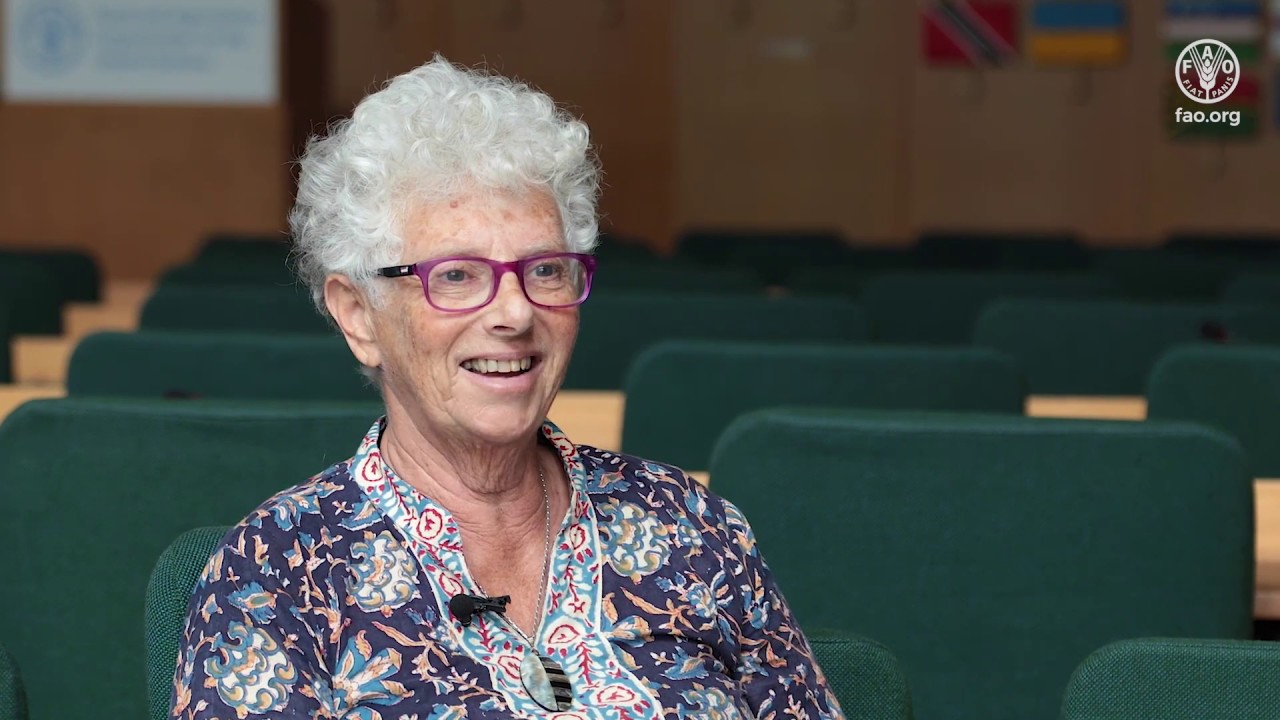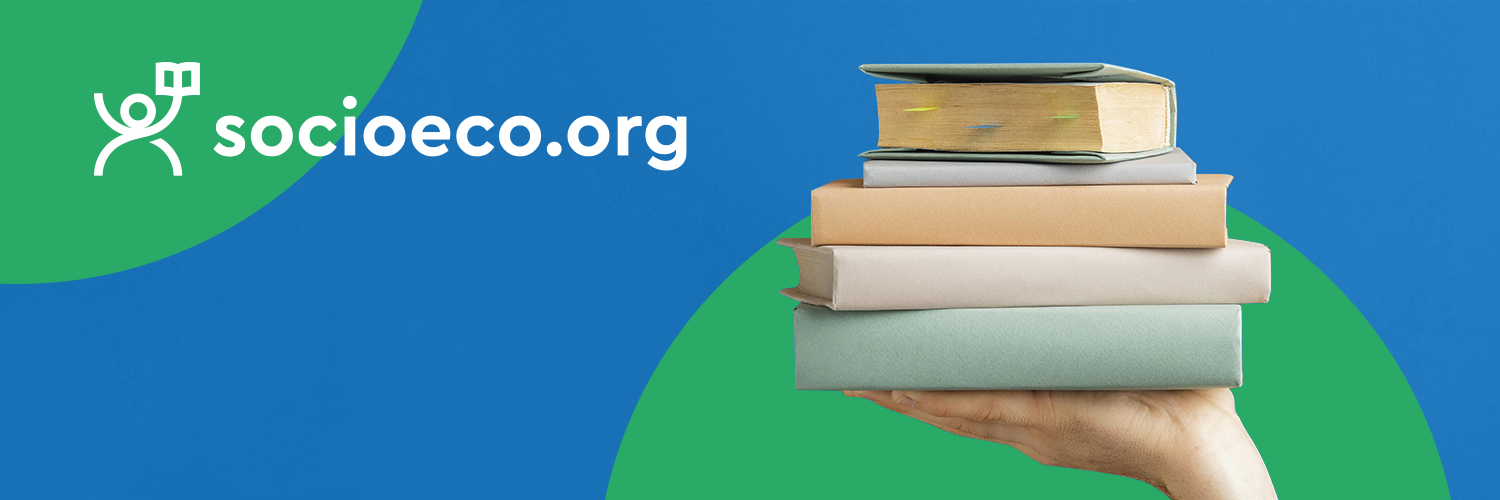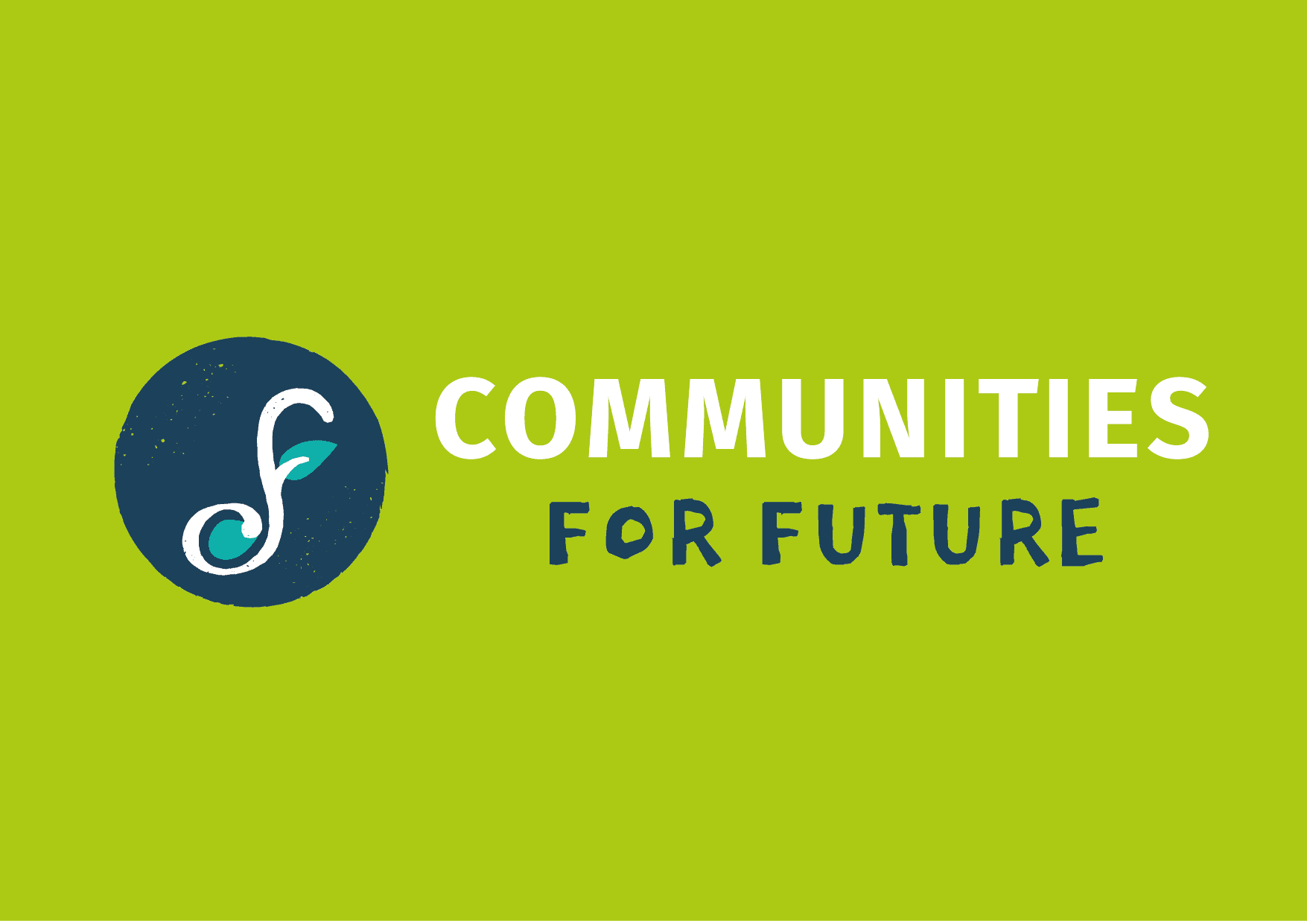Article by Reporterre, Amélie Quentel and Ozra, September 30, 2022
Since Mahsa Amini’s death on September 16, large protests have been taking place in Iran. For Iranian sociologist and writer Chahla Shafiq, this popular protest is “ of a totally new magnitude ».
Since September 16, a vast popular protest movement has been unfolding in Iran. It all started with the death of Mahsa Amini on the same day: the 22-year-old Iranian woman, arrested three days earlier by the morality police for “wearing inappropriate clothes“, died in hospital in Tehran. Since then, demonstrations have taken place every day throughout the country. The slogan of this movement, harshly repressed by the regime of President Ebrahim Raisi: “Woman, life, freedom!”
According to the Norway-based NGO Iran Human Rights (IHR), at least seventy-five people were killed during the protests, including six women and four children. If women are on the front line in the streets, it is in fact the entire Iranian civil society, exasperated by the policies carried out by the regime for years, which is revolting. Gender discrimination, electoral fraud, ecological and economic crises, stifling of all forms of protest… Chahla Chafiq, an Iranian sociologist and writer living in France, explains to Reporterre the springs of this unprecedented popular revolt.
Reporterre — What inspires you about the revolt against the Iranian regime?
Shahla Shafiq — This revolt is of a totally unprecedented magnitude. In recent years, the Iranian people have repeatedly risen up, whether against rising fuel prices, the regime’s electoral fraud or water shortages. Anger has been growing and has increasingly turned against the policies pursued. But the mobilizations and slogans had never been more radical than today with the demonstrations – which spread throughout the country – triggered by the death of Mahsa Amini, a young woman killed by the police simply because her veil did not completely cover her hair.
The regime will stop at nothing to stop the protest. It keeps shutting down the internet to prevent communications. He preventively arrests citizens, throws in prison all those he suspects of having participated in the mobilizations. It kills those who take to the streets. But I have the feeling that today, fear has changed sides. I get messages every day from friends telling me that yes, they are terrified, but that, despite everything, they will go to protest. Iranians are ready to donate blood to achieve freedom.
Why is the main cry of these protests “Jin, Jiyan, Azadî”, a Kurdish feminist slogan that means “Woman, life, freedom”?
The issue of women is central. Mahsa’s death reminded the world that the backbone of the “Islamic Republic” is sexism. The domination of women is at the heart of its functioning. They are obliged to wear the veil in public places, they do not have the right to look after their children in the event of divorce, they cannot travel without their husband’s consent. That is why removing your veil and cutting your hair is a strong gesture of emancipation, a step towards freedom.
This domination is also, more broadly, that of an entire people who do not enjoy their most fundamental freedoms, and risk death when they claim them. The LGBTQI community [1] is repressed, human rights defenders are repressed, environmental activists are repressed… The current movement is the fight of life against a deadly regime, which seeks to stifle any word and any possibility of life that it deems subversive. The population’s frustration is perfectly summed up by this slogan, this cry from the heart.
Is this anger also linked to ecological issues? ? In recent years, there have been several revolts after water shortages…
Completely.
See the rest of the article (in French) here.



